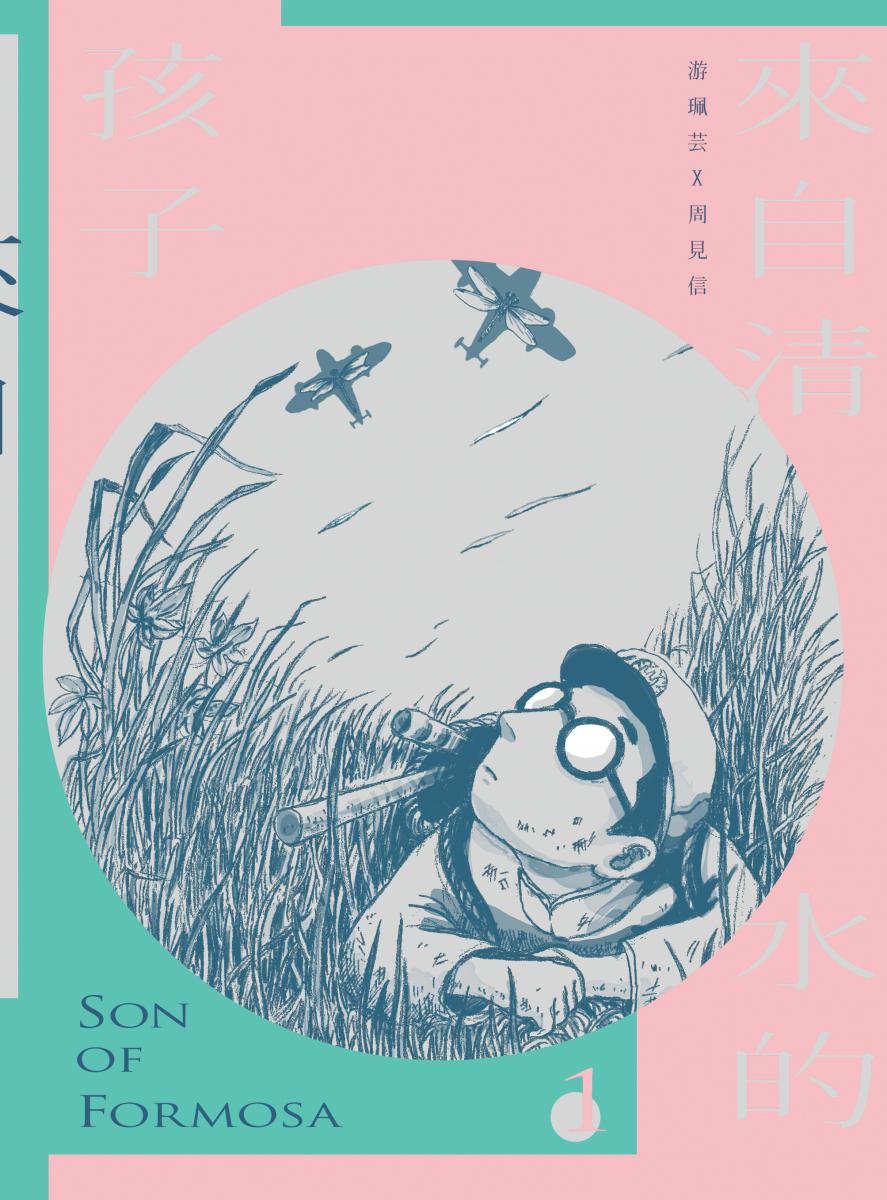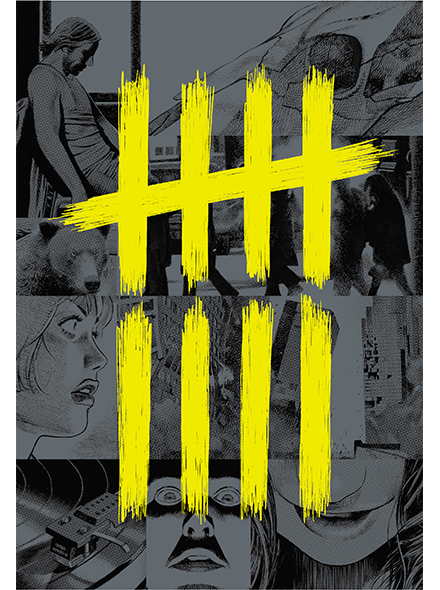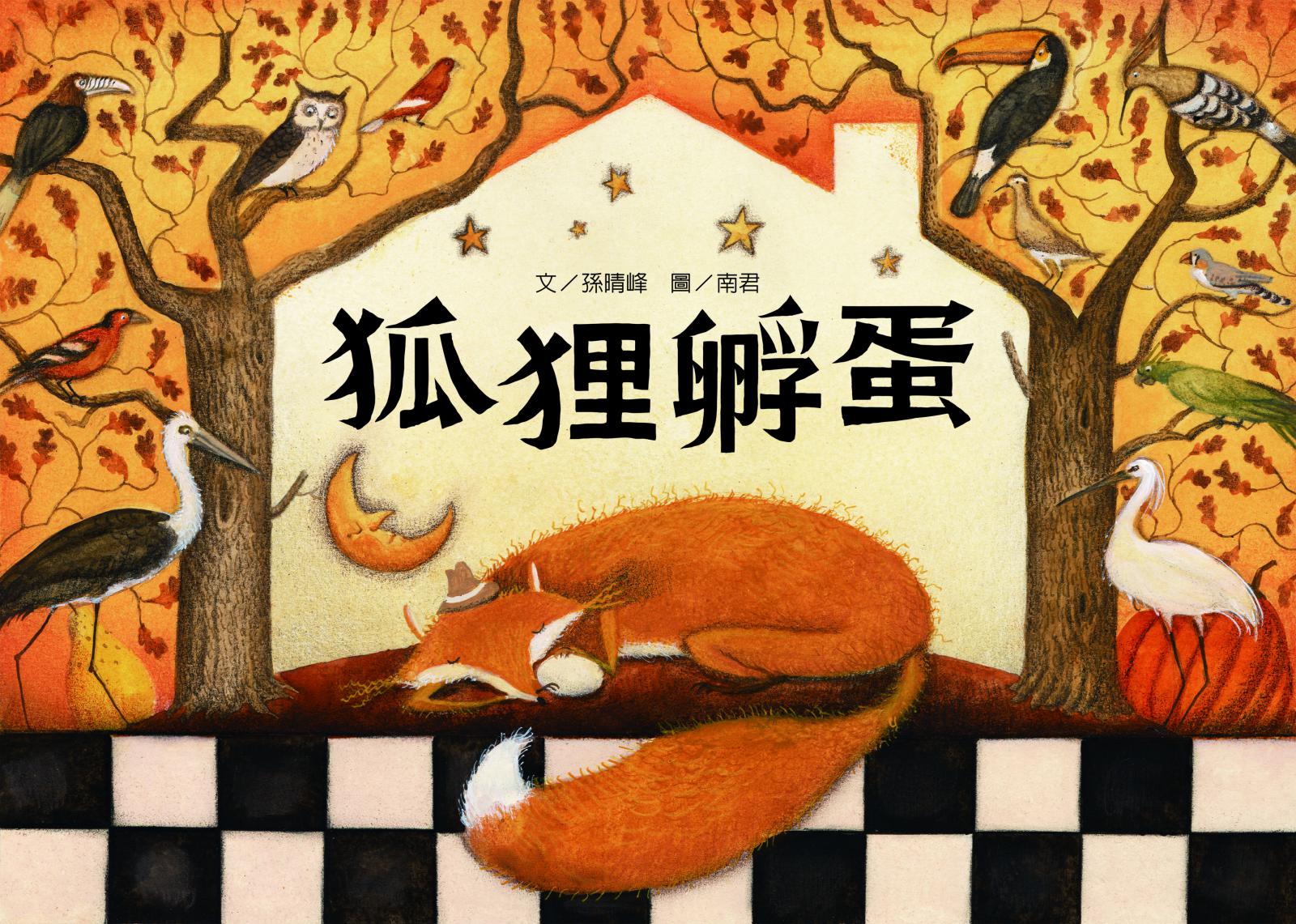Previous Part: https://booksfromtaiwan.tw/latest_info.php?id=125
Under the vicissitudes of colonization and cultural assimilation, Salizan’s Bunun ancestors, proud hunters and stewards of the forest, so well-versed in the wisdom of the head strap, became laborers serving at the whims of others, and the head strap became the tool that sped the demise of their culture. For, after subduing the Bunun people, the Japanese colonial regime relocated them out of the mountain highlands and forced them to work as coolies, a move that cut off the tribe from their ancestral lands. Mr. Lin Yuan-Yuan, a Bunun elder, told Salizan a grisly tale on one of their expeditions into the mountains: “There was an Isbukun Bunun named Vilan who was also (forced into) carrying Chinese juniper wood. His family was from Mashisan. He borrowed a rifle from the Japanese to go hunting. He took it to the old family home and shot himself because he wanted to die in the same house as his parents.”
Salizan Takisvilainan
In “Monuments of Sorrow” Salizan tells how the way of life of the tribes people was transformed by the roads, residences, and schools built by the Japanese as they pushed their way into the mountain highlands, with all the force of empire behind them. As their territory shrank, the Bunun people were forced into labor, exploited. In battle after battle, conflict after conflict, the blood of the Bunun people was spilled, soaking the earth, but the memorials that were built invariably celebrated the Japanese invaders. The only legacies left to the natives who died defending their land were criminal records. In “Trail of Tears” readers are guided through the reconstruction of a stone house. Through the careful stacking of the stone flags, a process requiring almost reverential patience, the ruins of an old home are gradually restored, along with the vanishing construction techniques of the Bunun people.
According to Salizan, his direct ancestors were relocated from the mountain highlands at 2000 meters down to a new settlement at 300 meters. He has already gathered a mountain of documentary evidence and oral accounts of this event. In time he will collate and organize these materials, and write the story of his own family’s upheaval from their ancestral lands.
I stand atop the summit;
From my tribal culture, I face these ranges.
Let me and the land of my ancestors once more produce new meaning.
- Salizan Takisvilainan “Homeland, Village, Person”



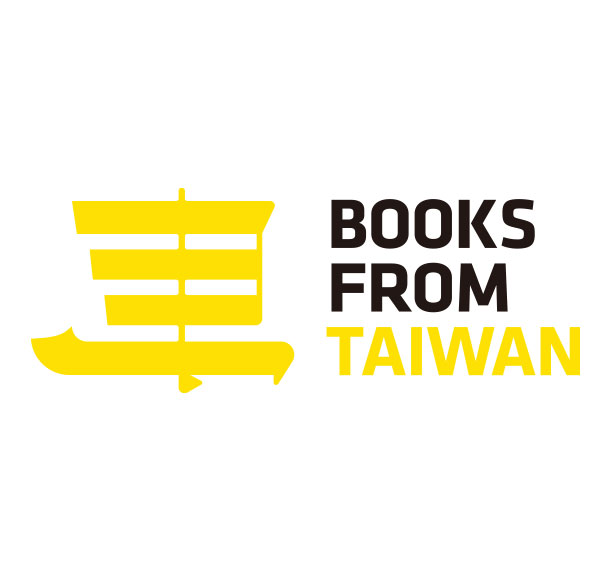
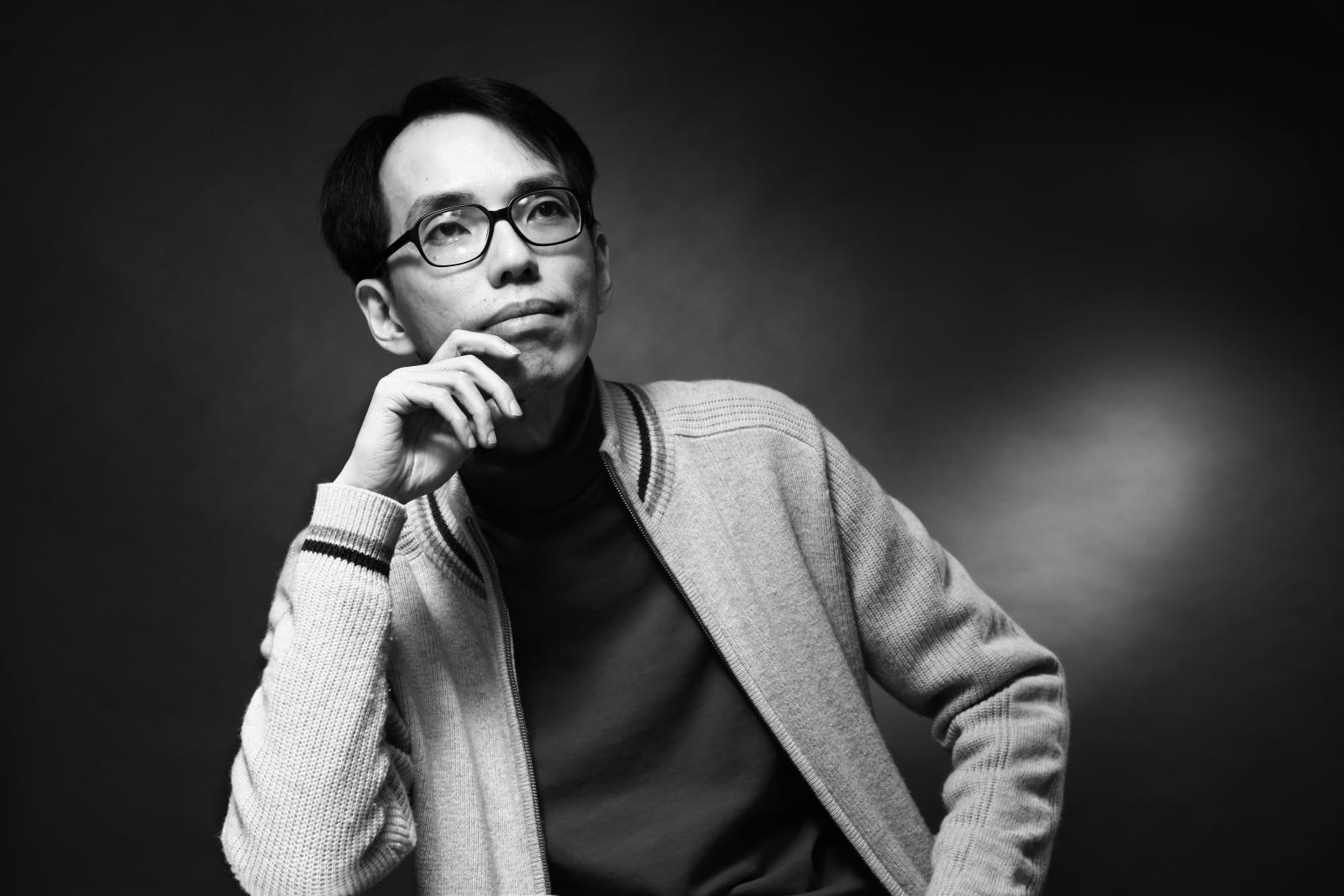

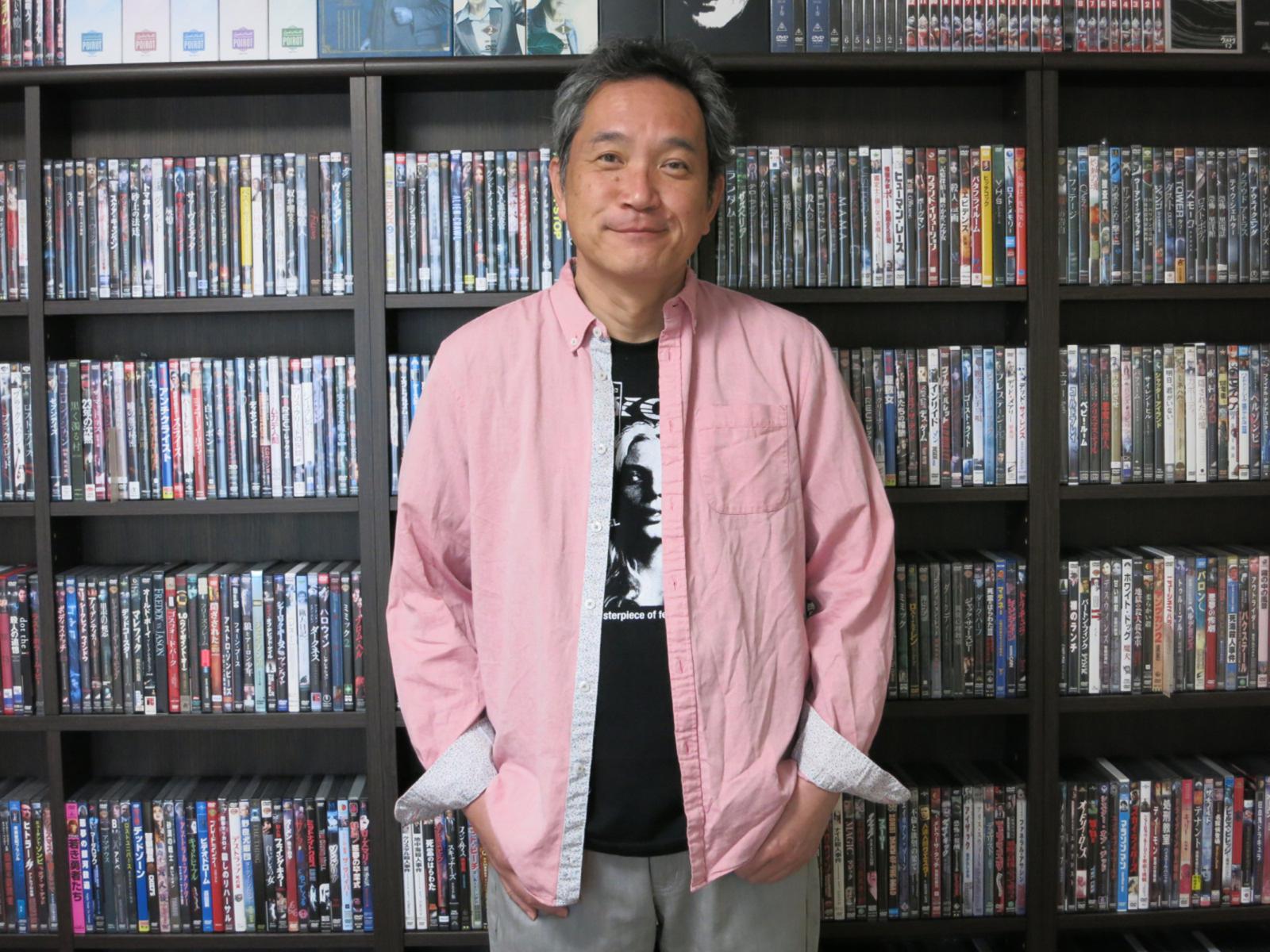

.jpg)
.jpg)
.jpg)

